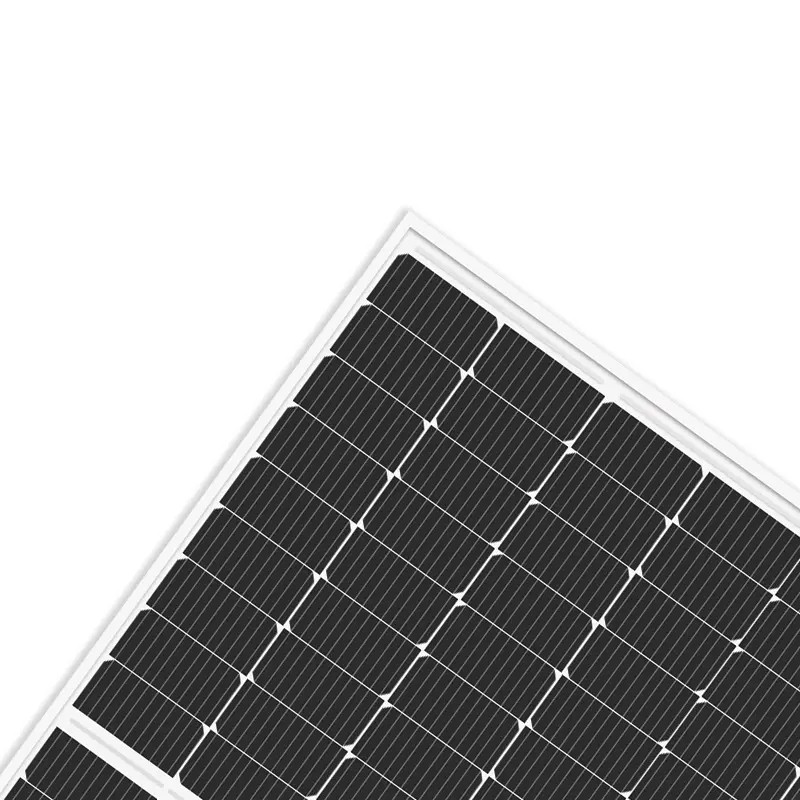Considerations related to a 440W solar module
2024-01-18
A 440W solar module is a solar photovoltaic panel designed to convert sunlight into electrical energy. The "440W" indicates the power output of the solar module, which is 440 watts under standard test conditions (STC). Here are some key features and considerations related to a 440W solar module:
1. Power Output:
- 440 Watts: The power output is the amount of electrical power that the solar module can generate under standard test conditions, which include a specific level of sunlight intensity and temperature.
2. Size and Form Factor:
- Physical Dimensions: The physical size of the solar module can vary, but it is generally larger than mini or small-scale solar panels. Standard dimensions for solar modules are often in the range of approximately 2 meters by 1 meter.
3. Voltage and Current:
- Voltage Output: The voltage output of the solar module depends on its design and can be in the range of 12V, 24V, or higher.
- Current Output: The current output is measured in amperes (A) and indicates the flow of electrical current from the solar module.
4. Efficiency:
- Efficiency Rating: The efficiency of a solar module represents how effectively it converts sunlight into electricity. Higher efficiency modules are generally more compact and can generate more power for a given surface area.
5. Type of Solar Cells:
- Monocrystalline or Polycrystalline: Solar modules can be made using monocrystalline or polycrystalline solar cells. Monocrystalline cells are known for higher efficiency but can be more expensive.
6. Mounting Options:
- Mounting Holes or Frames: Solar modules typically have frames and mounting holes for easy installation on various surfaces, such as rooftops or ground-mounted systems.
7. Application:
- Residential or Commercial: A 440W solar module is commonly used in both residential and commercial solar power systems, providing a significant amount of electricity for various applications.
8. Inverter Compatibility:
- Inverter Requirements: When integrating a solar module into a solar power system, it is important to consider the compatibility with inverters, which convert the generated DC (direct current) electricity into AC (alternating current) for use in homes or businesses.
9. Weather Resistance:
- Weatherproofing: Solar modules are designed to be weather-resistant and can withstand exposure to the elements. They are typically encapsulated with materials like tempered glass and EVA (ethylene-vinyl acetate) to protect the solar cells.
10. Installation Considerations:
- Orientation and Tilt: Proper orientation and tilt of the solar module can optimize its energy generation. Modules are often installed facing south (in the northern hemisphere) for maximum sunlight exposure.
11. Monitoring and Maintenance:
- Monitoring Systems: Some solar power systems come with monitoring features that allow users to track the performance of individual modules. Regular maintenance, such as cleaning, may also be required to ensure optimal efficiency.
A 440W solar module is a higher-capacity panel suitable for larger-scale residential or commercial applications. When integrating it into a solar power system, it's important to consider factors such as inverter compatibility, installation orientation, and overall system design. Always follow the manufacturer's guidelines for installation and maintenance to ensure optimal performance over the module's lifespan.



